WORLD
Robust factory output in India and China stands in contrast to weakness across Asia
- IBJ Bureau
- Apr 03, 2024

China has emerged as a silver lining in the Asian dark cloud. Factory activity in many Asian economies has weakened in March. But a steady hum across industries in China in March and robust factory output in India in March point to a turn for the better in some major parts of Asia. The uneven trend of industrial expansion in Asia – once a fast-expanding, key driver of the global economy – is also a cause of concern for global policymakers, central bankers and economists.
The soft Purchasing Managers’ Index (PMI) readings highlight the challenge the region’s policymakers face as they wrestle with patchy signs of recovery in global demand. They are also staring at an uncertainty over when the US Federal Reserve would start cutting interest rates.
“China’s exports are picking up a bit, but that’s because their goods are cheap. That means other Asian countries must compete with China for demand that’s not growing,” notes Toru Nishihama, the chief emerging market economist of Dai-ichi Life Research Institute. “With no clear driver of global growth, it’s hard to paint a rosy outlook for Asia,” he adds.
Weaker Asia
In Japan, while big manufacturers’ sentiment has soured, optimism among services sector companies has hit a more than three-decade high in the first quarter, the Japanese central bank’s survey shows. Manufacturing activity has weakened in most parts of Asia, including export powerhouses Japan and South Korea, as well as Taiwan, Malaysia and Vietnam.
Japan’s final au Jibun Bank PMI has stood at 48.2 in March, the highest level since November 2023 and recovering from February’s 47.2 which marked the fastest pace of contraction in over three-and-a-half years.
However, industrial activity has contracted for the 10th straight month as new export orders slumped, reflecting souring sentiment in key markets like China and North America, the survey shows.
South Korea’s manufacturing activity has also weakened in March as slowing domestic demand has offset robust overseas sales with the PMI falling to 49.8 in March from 50.7 in February.
Taiwan’s PMI has fallen to 49.3 in March from 48.6 in February, while that for Vietnam has dropped to 49.9 from 50.4 and Malaysia’s has declined to 48.4 from 49.5, the surveys adds. By contrast, manufacturing activity has expanded in March in the Philippines and Indonesia.
Chinese rebound
China’s Caixin-S&P Global manufacturing PMI has risen to 51.1 in March from 50.9 in the previous month, a private survey has showed. China’s manufacturing expansion is at the fastest pace in 13 months with business confidence hitting an 11-month high.
The finding joins an official PMI survey released earlier that showed that China’s factory activity has expanded for the first time in six months. The rebound in China, which is struggling to mount a strong economic revival, partly due to a protracted property crisis, provides some welcome relief to Beijing and investors globally.
China’s $18.6-trillion economy has skirted some near-term downside risks as suggested by recent indicators, analysts note. These developments buy officials more time to convince investors that they can fire up a new growth engine for 2024 and the years ahead.
Economic data over the January-February period and a factory owners’ survey for March offers relief to Chinese policymakers seeking to convince foreign investors that they can rekindle the world’s No 2 economy after it had failed to post a sustainable recovery following Beijing abandoning strict COVID curbs in late 2022.
But analysts and investors are cautious that while things may not be getting worse, unless officials can figure out how to get it to fire on all cylinders again, the market once seen as the engine of global growth will stall later in the year.
China has taken a series of steps to invigorate its economy, including guiding banks to lend more to high-end manufacturing rather than real estate and reducing the amount banks must hold in reserve. But such policy measures are becoming less effective and could even be scaled back, they add.
Uneven revival
In revised forecasts issued in January, the International Monetary Fund (IMF) had projected Asia’s economy to expand by 4.5 per cent this year, driven by robust US demand and the boost from expected stimulus measures in China.
But the IMF had said that the recovery would be divergent across economies with Japan likely to see growth slowing to 0.9 per cent in contrast to an expected 6.5 per cent expansion in India. The IMF expects China’s economy to expand by 4.6 per cent this year, slowing from 5.2 per cent in 2023.
So, while China’s manufacturing may be soaring high, its economy is still shaky and looks to be recovering to be recovering at a slower pace. On the other hand, India seems to be making giant strides, with its manufacturing sector as vibrant as ever, especially a decade since the Narendra Modi government’s ambitious Make In India policy was rolled out. Besides, the Indian economy also looks to be in the pink of health.
India and China are yet again in the forefront of economic recovery in Asia. However, the other powerhouses of the continent are still struggling to stage a full-fledged revival. How long will it take for Asia – the powerful engine of global growth – to get back into form? That question has no definite answers for now.
India’s Factories Are Humming
India has continued to remain the fastest-growing economy in the world. Besides, India’s manufacturing industry has had a robust run in March with activity expanding at its fastest pace in 16 years. The factory output is led by accelerated global demand and lower inflationary pressures, a private survey shows.
The manufacturing sector growth has climbed to a 16-year high in March on the back of the strongest increase in output and new orders since October 2020, amid reports of buoyant demand conditions.
The seasonally-adjusted HSBC India Manufacturing PMI has surged to a 16-year high of 59.1 in March from 56.9 in February, reflecting stronger growth of new orders, output and input stocks as well as renewed job creation.
In the PMI parlance, a print above 50 means expansion, while a score below 50 denotes contraction. The HSBC India Manufacturing PMI is compiled by S&P Global from responses to questionnaires sent to purchasing managers in a panel of around 400 manufacturers.
“India's March manufacturing PMI rose to its highest level since 2008. Manufacturing companies expanded hiring in response to strong production and new orders. On the back of strong demand and a slight tightening in capacity, input cost inflation picked up in March,” HSBC Economist Ines Lam has said.
Manufacturing output has risen for the 33rd month running in March, and to the greatest extent since October 2020. Growth has quickened across the consumer, intermediate and investment goods sectors.
Inflows of new work have strengthened from both domestic and export markets. New export orders have increased at the fastest pace since May 2022, the survey adds.
Quantities of purchase have increased at the quickest rate since mid-2023, and one that was among the strongest in nearly 13 years, as companies have sought to build up stocks in advance of expected improvements in sales.
On the job front, after leaving payroll numbers broadly unchanged in the previous two months, manufacturers in India have taken on additional workers in March. The pace of job creation has been mild but the best since September 2023, the survey notes.
On the price front, despite remaining modest by historical standards, cost pressures have been at their highest in five months. Companies have reported having paid more for cotton, iron, machinery tools, plastics and steel. However, customer retention has remained a priority for goods producers who have raised their charges to the least extent in over a year.
On the outlook for the Indian manufacturing sector, companies have remained confident on an average, with 28 per cent forecasting output growth in the year ahead and 1 per cent expecting contraction. The overall level of sentiment has remained elevated but slipped to a four-month low as inflation concerns have weighed on confidence.
Factory Output Across Asia
Country Manufacturing PMI
India 59.1
China
Vietnam 49.9
South Korea 49.8
Taiwan
Malaysia 48.4
Japan 48.2
PMI figures above 50 denote expansion, and those below 50 mean contraction.
All figures are for March 2024.

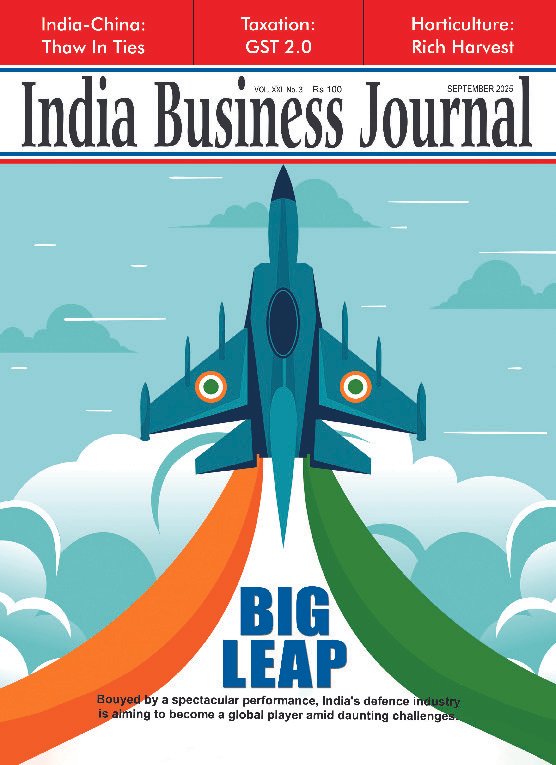
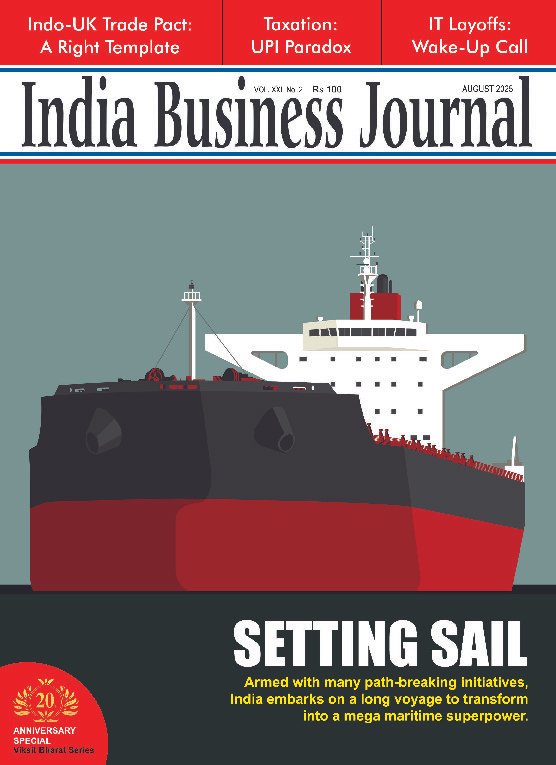








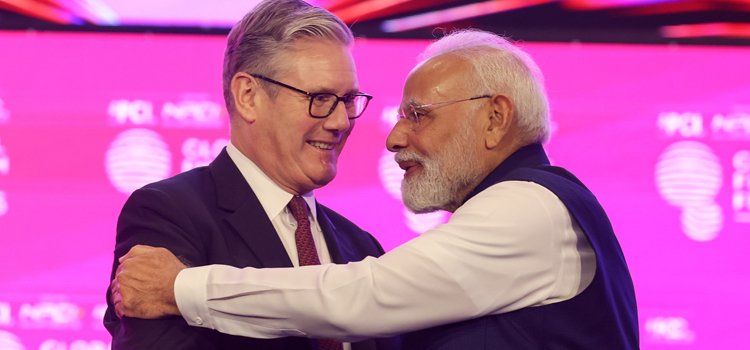
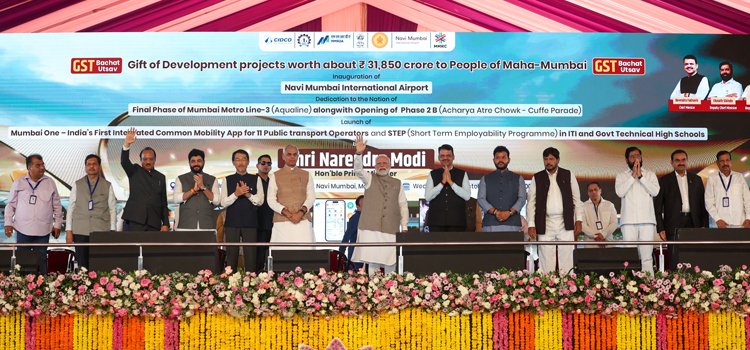







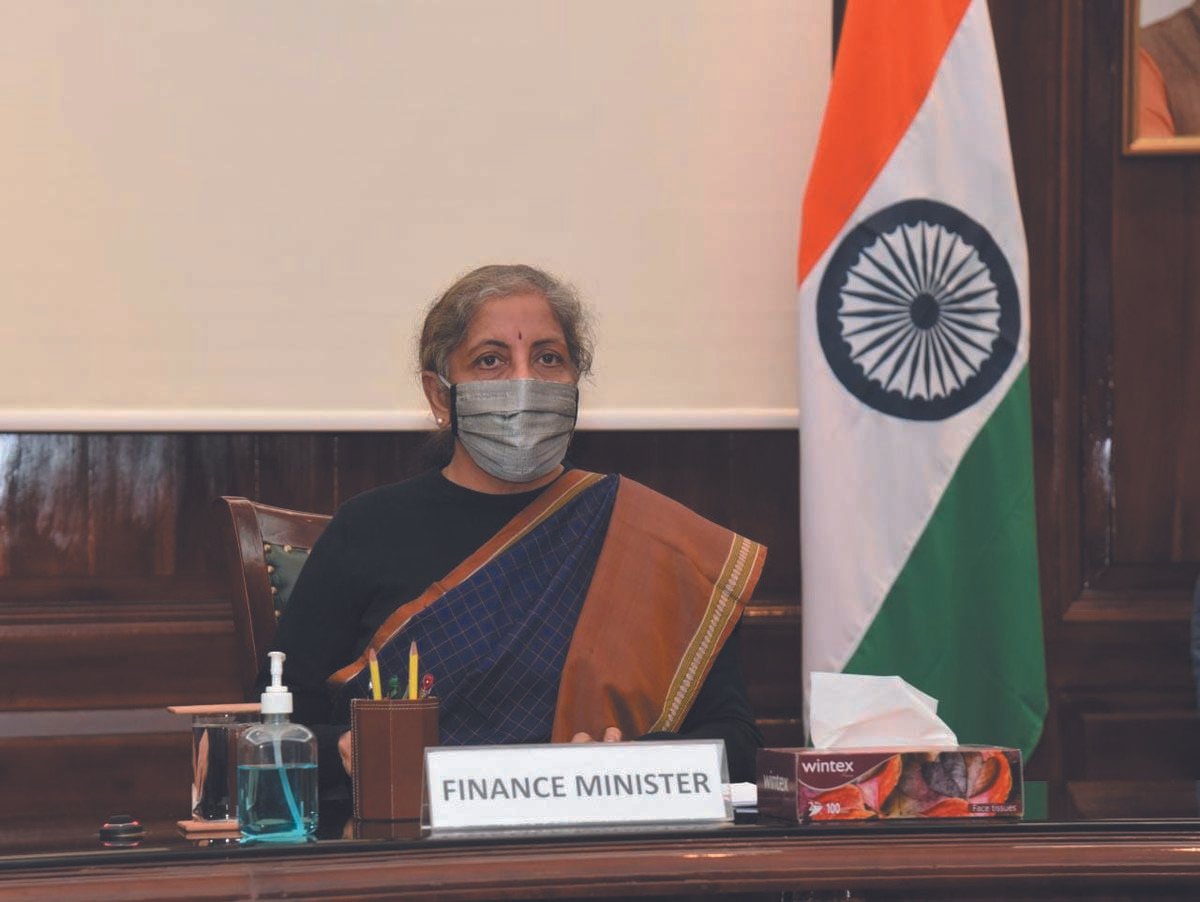
Report By
View Reporter News